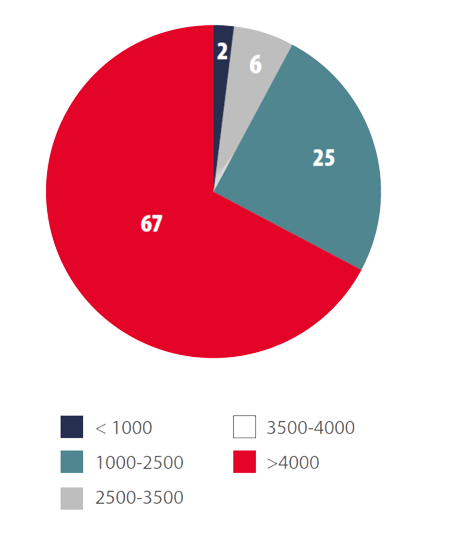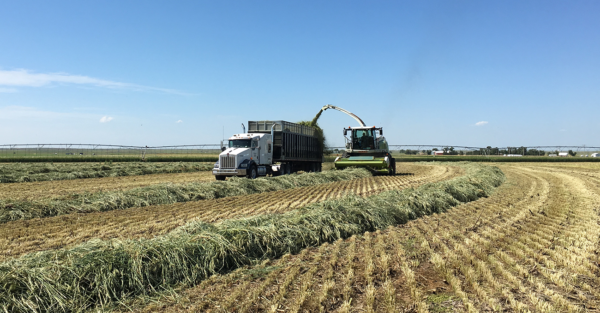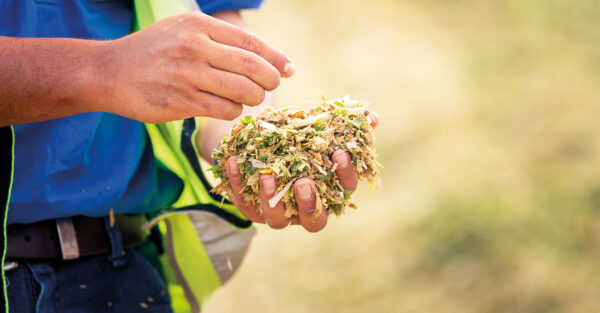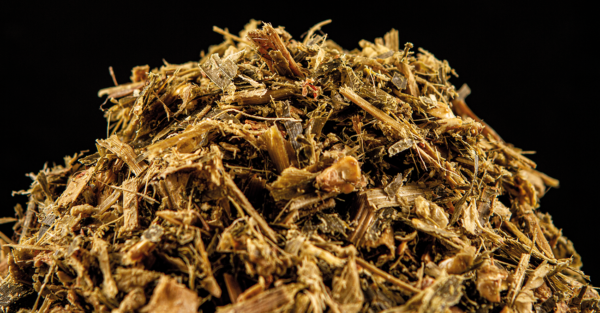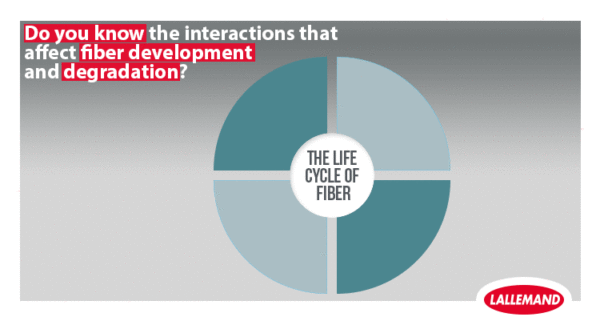Blog | Reading Time 2 minutes
Make the most of your corn silage this winter
Controlling the cost of production on a farm is crucial to achieving and maintaining profitability in a continuingly challenging dairy and beef market. An area where all producers can take control of costs is to produce the best quality corn silage possible. Corn grown in poor or drought conditions can significantly affect the quality of the silage produced, negatively affecting both intakes and production. Good ensiling and feedout management are critical under such conditions.
Best ensiling practices
- Harvest at the optimal maturity (balance between quality and quantity).
- If fungal contamination is visible in the field or even suspected, this could lead to mycotoxin production in the silage. The use of MAGNIVA Platinum 1 forage inoculant which actively inhibits fungal growth through the ensiling and feedout period is recommended.
- Cut at an appropriate height (e.g., >20cm for maize silage) to avoid carrying over contaminants from the soil.
- Take care to adequately crack the kernels, to optimize the energy availability in the rumen. The higher the dry matter (DM), the more important it is to properly process the grains.
- Apply the best storage management practices: Pack the silo to the correct density, seal the silo as early as possible after harvest.
- Corn produced under difficult conditions can also be susceptible to the production of Acetone which can be clearly smelt. This type of reaction leads to significant losses in corn silage dry matter and a reduction in energy.
- Treat with MAGNIVA Platinum 1, which contains L. buchneri and L. hilgardii that actively inhibit yeast growth reducing ethanol levels.
Feedout management recommendations
- Corn silage quality can vary throughout the bunker especially if produced under less than ideal conditions. These variations in quality can cause significant changes in animal performance unless they are identified.
- Manage feedout rate and cleanness, keep the silage face vertical and tight.
- When transitioning from corn silage from the previous season to fresh corn silage, monitor digestibility. Starch digestibility of corn
silage increases significantly over time and changing to freshly produced corn silage can cause dramatic changes in animal performance.
- Monitoring nitrate levels is critical when trying to feed corn silage made under challenging conditions. In 2012 corn silage growing conditions in the USA were very similar to that of Europe in 2022. This led to over 25% of the silage monitored containing nitrate levels which are deemed unsafe to feed (Figure 1).
- Keep the leading edge of plastic covering sufficiently weighted down to prevent air infiltration beneath the plastic and spoilage.
- If possible, use a bunk defacer or rake to remove silage.
For more information on silo management and feedout practices please visit www.MAGNIVA.com
Published Feb 6, 2023 | Updated Jul 4, 2023
Related articles
Need specific information?
Talk to an expert